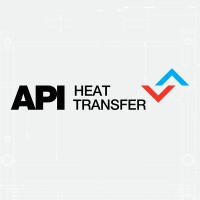
Knise & Krick, Inc.
Knise & Krick has supplied the manufacturing industry with precision manufactured parts since 1926. Specializing in CNC milling and turning, complimented with our ability to OD ID Surface & Blanchard grind a very wide range of sizes, it is hard to find a material we can't cut or a tolerance we can't hold! Our focus on quality, affordability, and on time delivery, as well as the years of experience of our staff and the continuous improvements made to our equiptment, technology, and processes we have enjoyed continued success for over the last 90 years!






